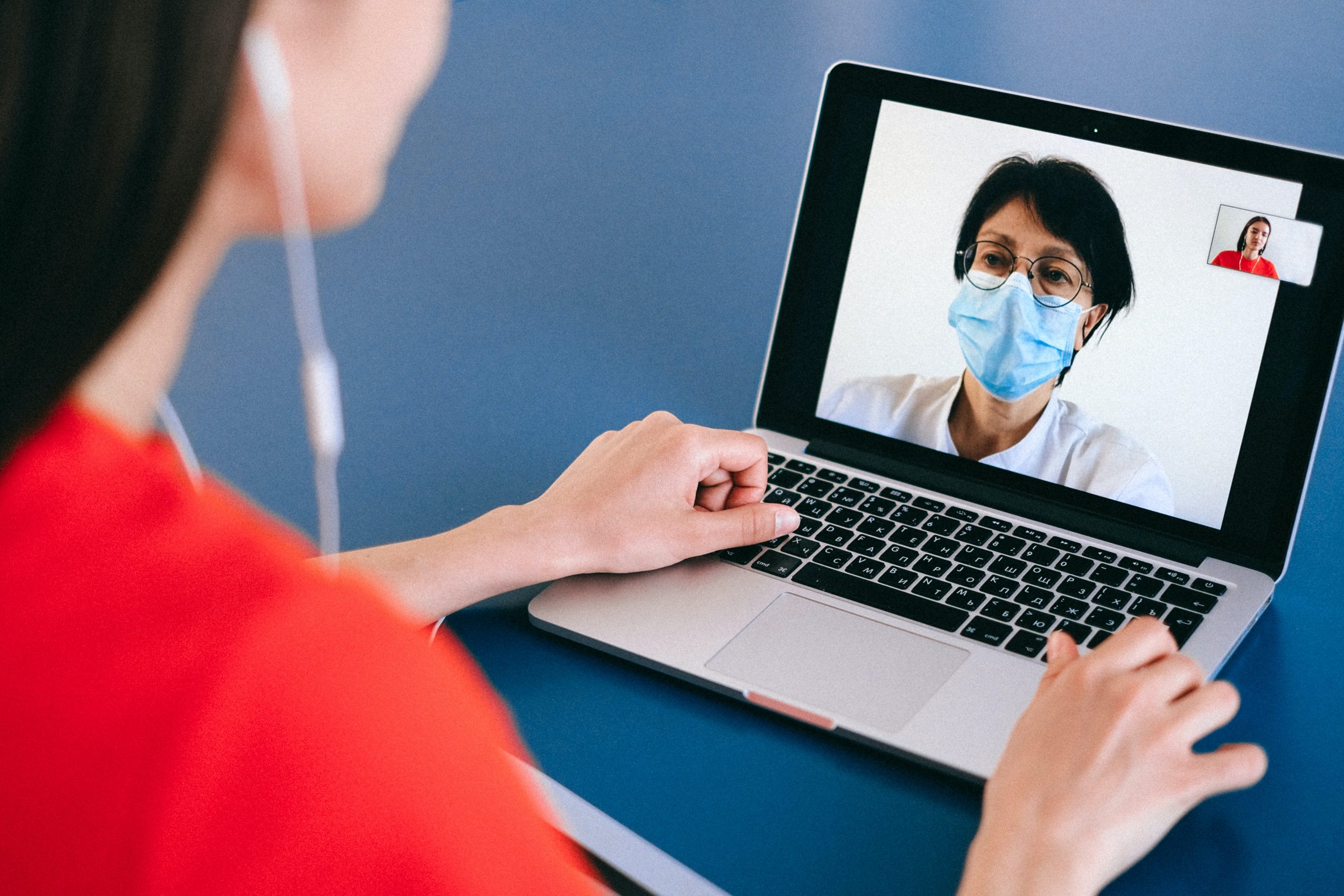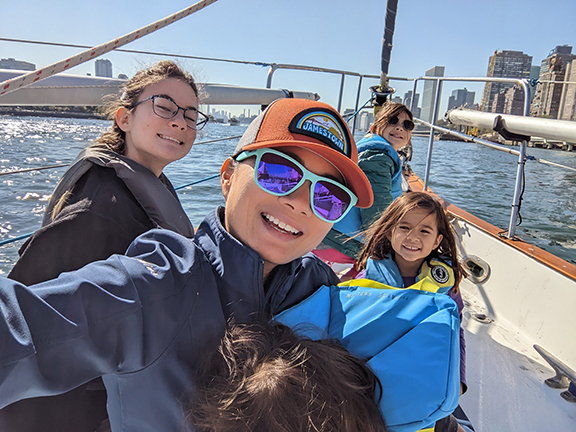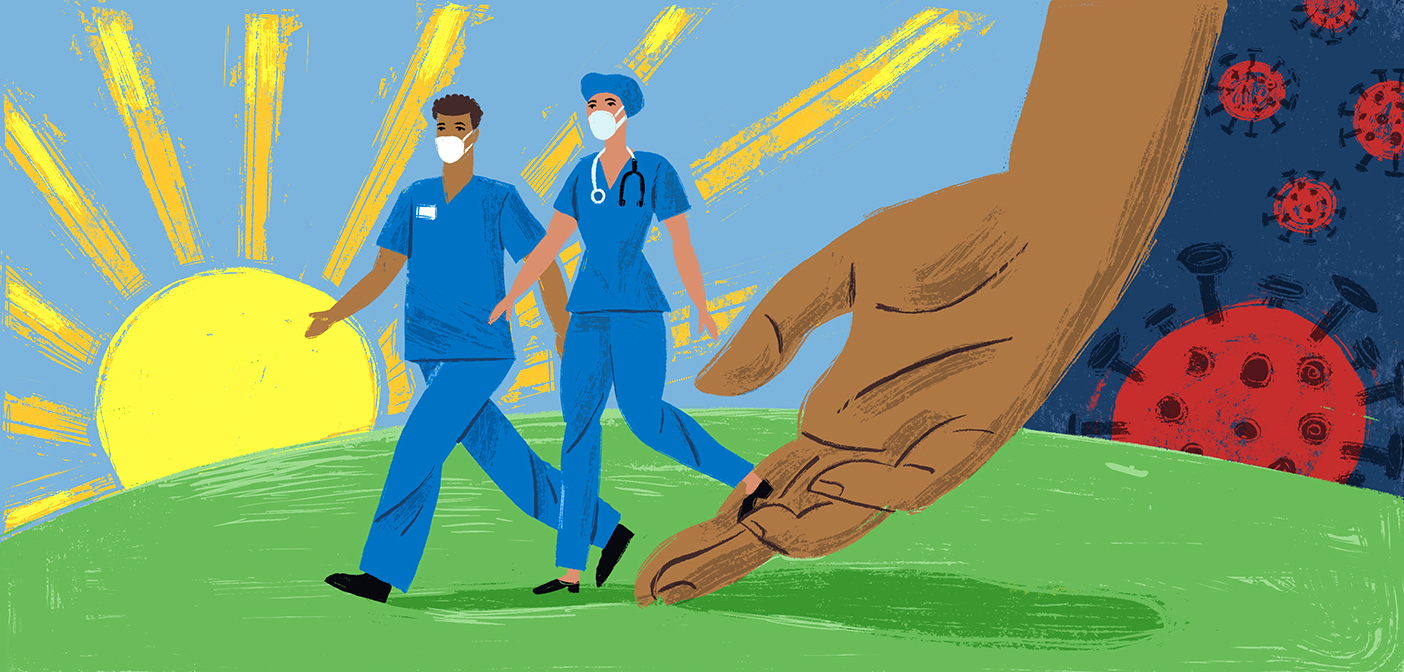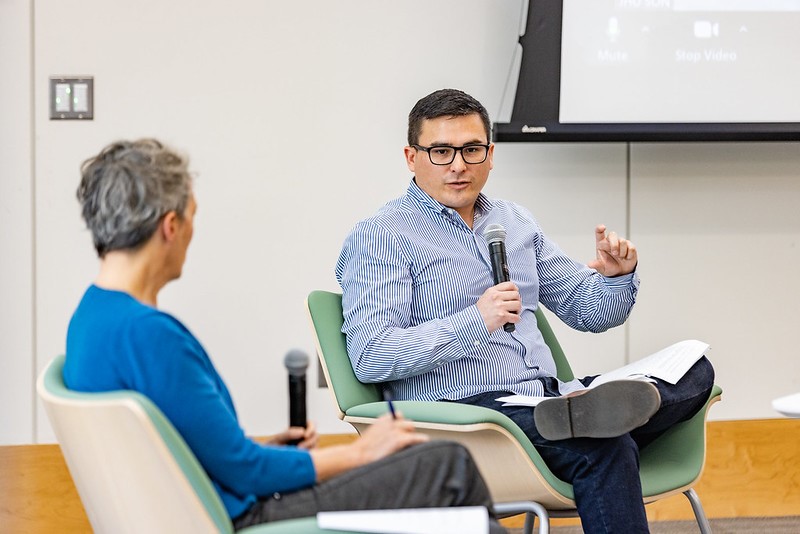“One minute the patient is completely fine and then blood flow to the brain is disrupted,” says Dr. Mona Bahouth.
“Stroke is a leading cause of adult disability, and a disease that leads to a sudden and unexpected change in quality of life for the patient and their family members.”
Mona Bahouth, MD, PhD is Medical Director of the Brain Rescue Unit, a dedicated stroke unit in the Johns Hopkins Hospital, as well as an assistant professor of neurology at the School of Medicine. Anatomy-wise, Dr. Bahouth is a “true hybrid” – she began her career as a research nurse, then completed medical school in 2010, and finally earned a PhD in Nursing (focusing on determinants of early stroke recovery) from the Johns Hopkins School of Nursing in 2019.
In stroke care, the first few weeks of treatment determine how well a person will recover. Dr. Bahouth has long been proud of the Johns Hopkins Comprehensive Stroke Center’s interprofessional approach to stroke care in the hospital phase, with stroke neurologists, therapists, expert nurses, and physiatrists. “It’s the kind of care that you would want if you had a stroke,” she says. So when the COVID-19 pandemic struck and telemedicine restrictions eased, she took it a step further and extended this robust system of interprofessional care to the patient’s home after hospital discharge through telehealth; she developed the Joint Stroke Transitional and Technology-Enhanced Program (JSTTEP). Now she leads the interprofessional team implementing that program and innovating its components.
When the COVID-19 pandemic struck and telemedicine restrictions eased, Dr. Bahouth extended the Johns Hopkins Comprehensive Stroke Center’s robust system of interprofessional care to the patient’s home after hospital discharge through telehealth.
The Joint Stroke Transitional and Technology-Enhanced Program empowers patients through early, supported discharge and enables them to access hospital stroke care through telemedicine. It also enables patients and care partners to see the whole multidisciplinary team at once and in the comfort of their own home. “Patients love it,” says Dr. Bahouth. “Stroke patients often have destabilized medical conditions, mobility issues and driving restrictions. The JSTTEP simplifies the number of visits and complexities of traveling to the hospital. This way we’re helping the patient more efficiently and on their terms.”
The program works in a streamlined series of visits to extend the care that is initiated in the hospital: week one addressing medical complications and adherence with a neurologist, physical therapist, and nurse; week two addressing functional recovery planning with a physiatrist and occupational therapist; and week three, an educational forum for multiple patients and care partners to receive targeted stroke education and ask questions of the multidisciplinary team of stroke nurses, physicians, pharmacists, dieticians, and therapists during single session.
Dr. Bahouth has been using telehealth for more than two decades—initially for emergency stroke care—and while providers have long known the benefits of telehealth to patients, there were a lot of restrictions in licensing and reimbursement preventing widespread adoption. That changed amid the COVID-19 pandemic. Now patients have greater access to the care they need. “Even patients who are initially hesitant to try the video format find it very worthwhile,” says Dr. Bahouth. The positive feedback about the program has been overwhelming and results of the program are under analysis.
The long term success of this program will depend on the support from insurance companies for this program. “Reimbursing telehealth will only be a benefit to insurance companies because it keeps people out of hospitals,” says Dr. Bahouth. One goal of program was to reduce readmissions. Before the program began, the Johns Hopkins Comprehensive Stroke Center had a readmission rate of about eight percent, compared to the national average of 10 percent. The Joint Stroke Transitional and Technology-Enhanced Program had just a two percent readmission rate among the first 50 patients.
SPOT A STROKE – B.E. F.A.S.T.
- BALANCE: Sudden dizziness, loss of balance or coordination.
- EYES: Sudden trouble seeing out of one or both eyes.
- FACE: Sudden onset of facial weakness. An uneven smile or weakness on one side could mean trouble.
- ARMS: Sudden arm weakness. Inability to raise both arms evenly could be another sign.
- SPEECH: Sudden change in speech. Slurred speech or difficulty repeating simple phrases could mean a stroke.
- TIME: These could be signs of a stroke. Time is brain. Immediately call 911.
For more information about the JSTTEP or other Johns Hopkins Stroke programs please email Dr Bahouth at [email protected] or follow on Twitter @MonaBahouth.
Read more:
- The Anatomy of a Hopkins Nurse: Michael Sanchez
- Out Front on COVID-19
- Amidst COVID-19, Virtual Reality Makes “Social Distancing” Simulation Possible

 Remembering Carol Gray, First Dean of JHSON
Remembering Carol Gray, First Dean of JHSON Sea Change for DNP Student
Sea Change for DNP Student COVID and Nursing: Where to from Here?
COVID and Nursing: Where to from Here? Just Getting Started: Alum Fernando Mena-Carrasco Back for PhD
Just Getting Started: Alum Fernando Mena-Carrasco Back for PhD PhD Student Jonathan Suen Joins Bouchet Honor Society
PhD Student Jonathan Suen Joins Bouchet Honor Society







